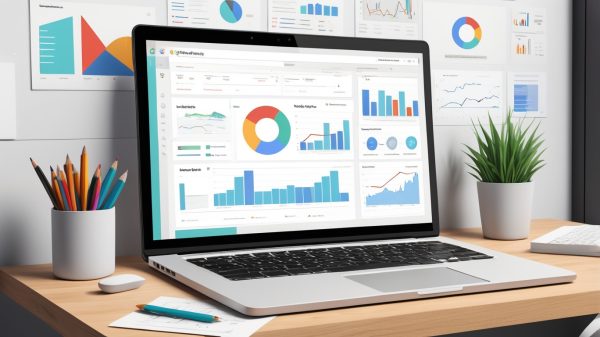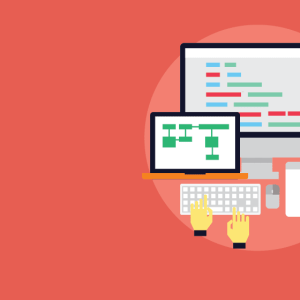
Why should website design and SEO be linked?
Many organizations keep their design and digital marketing teams separate. This separation can be a huge challenge, as a site designed without considering SEO principles will struggle to rank in search results. Experience has shown that when design and SEO work in tandem, the final output will be much more powerful.
Below, we will discuss 4 key points that show why website design and SEO should be considered together from the beginning.
فهرست مطالب
Toggle
1. Usability; From User Experience to Google Ranking
Search engines are looking to provide the best results to users. They prioritize sites that provide a good user experience. User-friendly design, which includes simple navigation, fast loading times, and logical structure, directly affects the SEO of the site.
User experience is not just about desktop. In a world where the majority of internet traffic comes from mobile, responsive design is a must. If your site doesn’t look good on mobile, Google will ignore it.

A practical example:
Suppose a user enters a site to check the “price of a web design for a store”. If this information is not easily accessible, or if they have to scroll up and down several pages, they are likely to leave the site and go to a competitor’s site.

The result? An increase in the bounce rate and a decrease in Google ranking.

2. Site structure and content discovery by search engines
Search engines need links to find content. If your site’s internal structure is weak or internal links are missing, your pages have little chance of being indexed.
A logical internal linking structure should be followed in website design. Main pages should be easily accessible from the menu or home page, and categories should be arranged based on target keywords. For example, if you have an online store, top-selling or important products should be prioritized for display and linking.
Site structure is what determines how search engines find and index your pages. If a website is designed without an SEO mind map, it may:
- Leave pages without internal links.
- Disrupt the logical hierarchy of pages.
- The user’s path to information becomes long and tedious.
What helps with website design and SEO?

- Basic content categorization: For example, a cosmetics sales site should have categories like “Skin”, “Hair”, “Makeup”, and “Personal Care”.
- Breadcrumb: This feature helps the user find their way around the site and at the same time shows Google the structure of the pages.
- Clean and structured URLs: Instead of URLs like
www.example.com/page?id=456
You should have:
www.example.com/blog/seo-tips
3. Design your site with quality content in mind
Content is king; but without proper design, its kingship cannot be seen. Before designing or redesigning your site, you need to determine what the purpose of each page is and what information users are going to encounter. These questions should shape the design:
- What questions does this page answer?
- What information are users looking for?
- What format (text, image, video) is best for presenting content?

If these are not determined before design, you may have to make costly and time-consuming changes later.
Common Mistake:
Many companies design the site first and then try to organize its content. This mistake forces the content to be in an inappropriate format. The result: a poor user experience and a drop in SEO rankings.

4. Site Redesign: A Dangerous Opportunity or a Launchpad?
Many companies do a site redesign without consulting an SEO expert. What will be the result? A sudden drop in organic traffic, the removal of valuable pages, and a drop in search results rankings.
To avoid these things, you should have a comprehensive map of the current state of the site before the redesign:
- What pages are ranking well?
- What content is worth preserving?
- Will the page addresses (URLs) change? If yes, have you implemented a 301 redirect?
- By following these tips, you can maintain and even improve the value of your current SEO.

Solution:
- Analyze the SEO of the current site before any changes: with tools like Google Search Console and Ahrefs.
- Maintain internal linking structure and create appropriate redirects.
- Work closely with the designer, developer, and SEO specialist throughout the redesign process.
Summary: How to Boost Website Design and SEO Simultaneously?
Ultimately, neither of these two elements can guarantee your site’s success on its own. Website design and SEO should complement each other. Design provides the foundation on which SEO grows, and SEO brings design to life so that it reaches your target users.
If you’re designing or redesigning your site, bring an SEO expert into the project from the beginning. This will not only prevent costly mistakes, but it will also increase your chances of appearing in search results.

If you want your site to be seen, attract visitors, and convert those visitors into customers, you need to know that:
- Good design cannot be found without SEO.
- And good SEO cannot survive without design.
To design a professional and search engine optimized website, use Join the Blueweb expert team.
Join us now Contact and take an effective step towards the digital growth of your business.
Original publication date: 1400/10/07Update date: 1404/02/06






